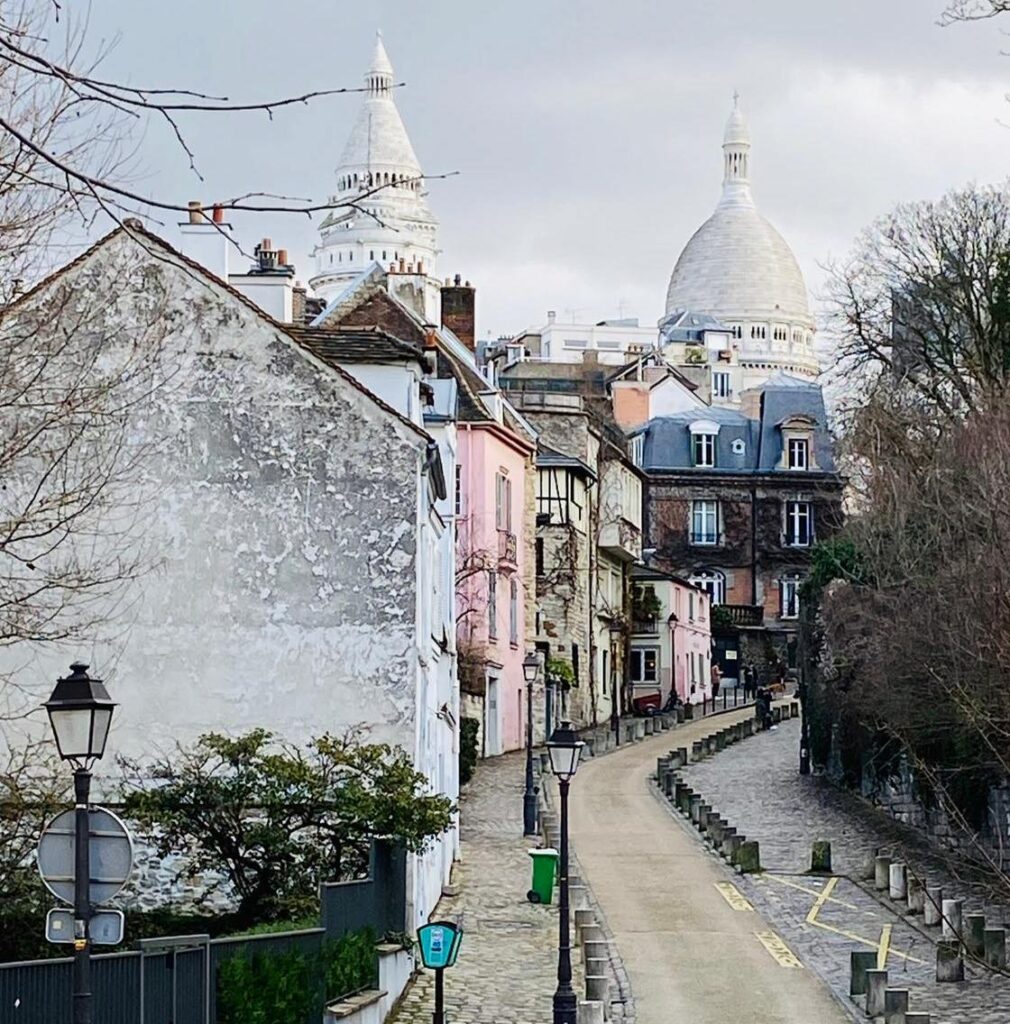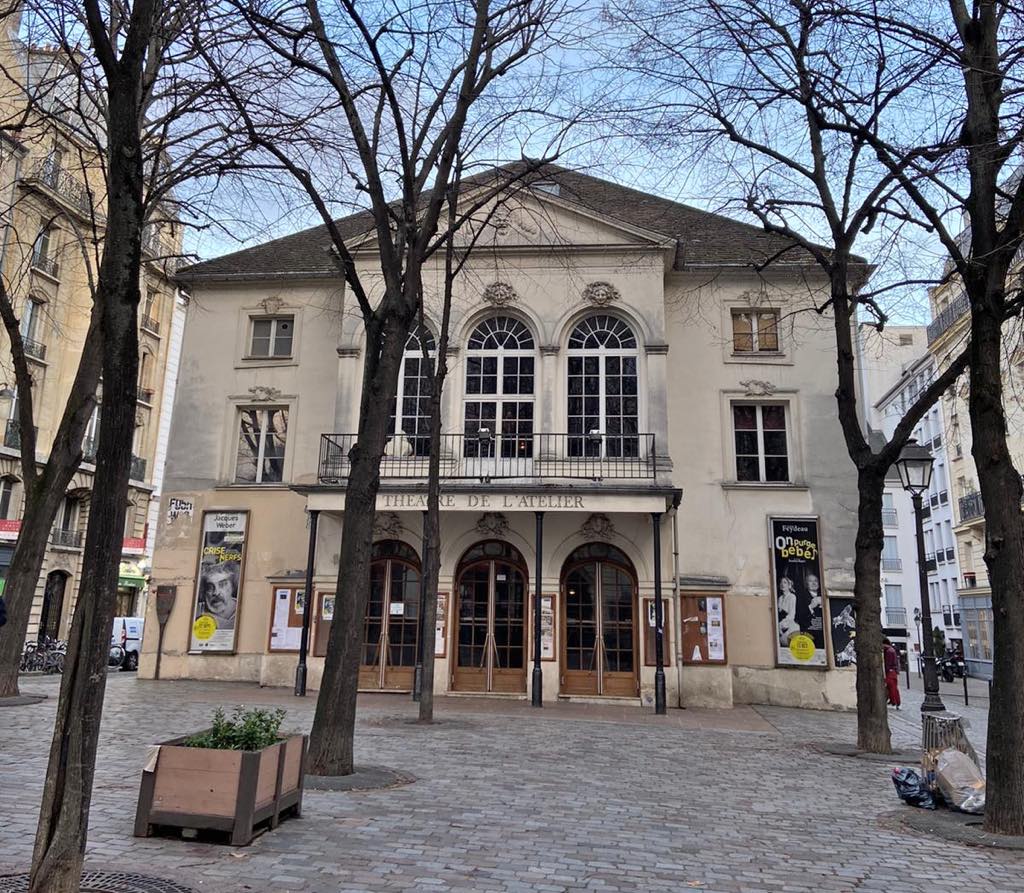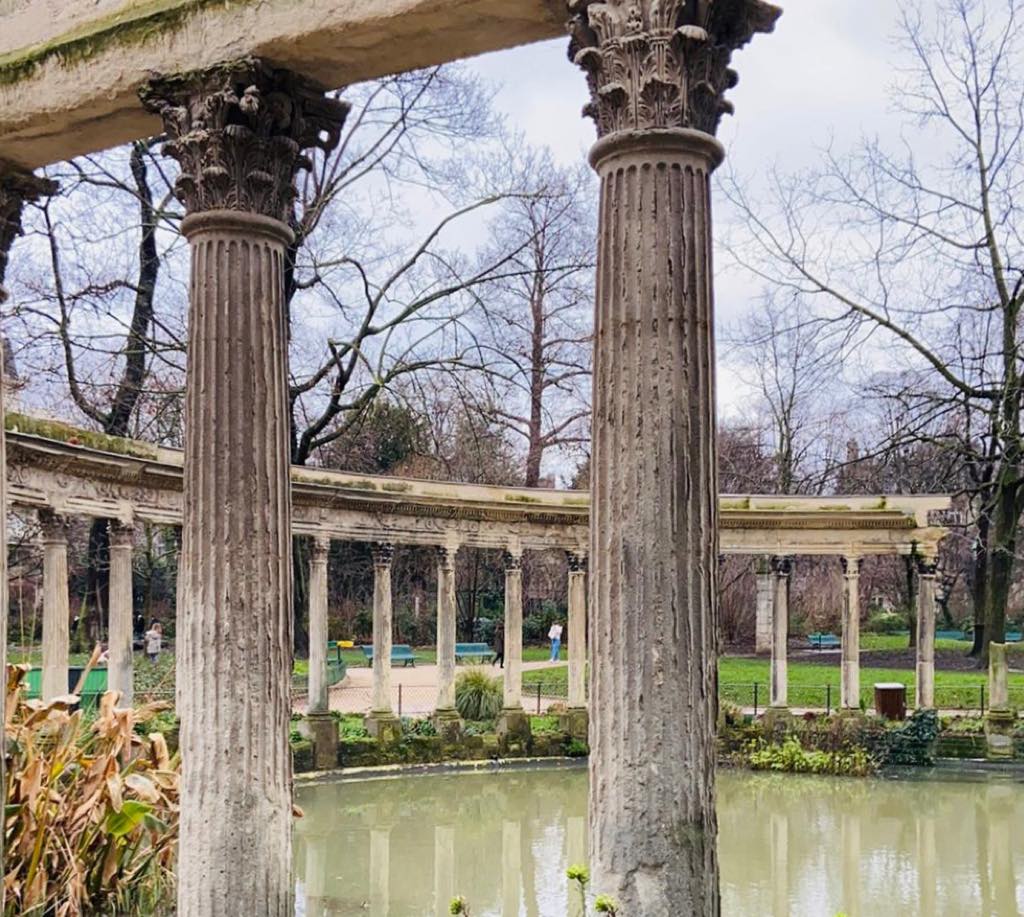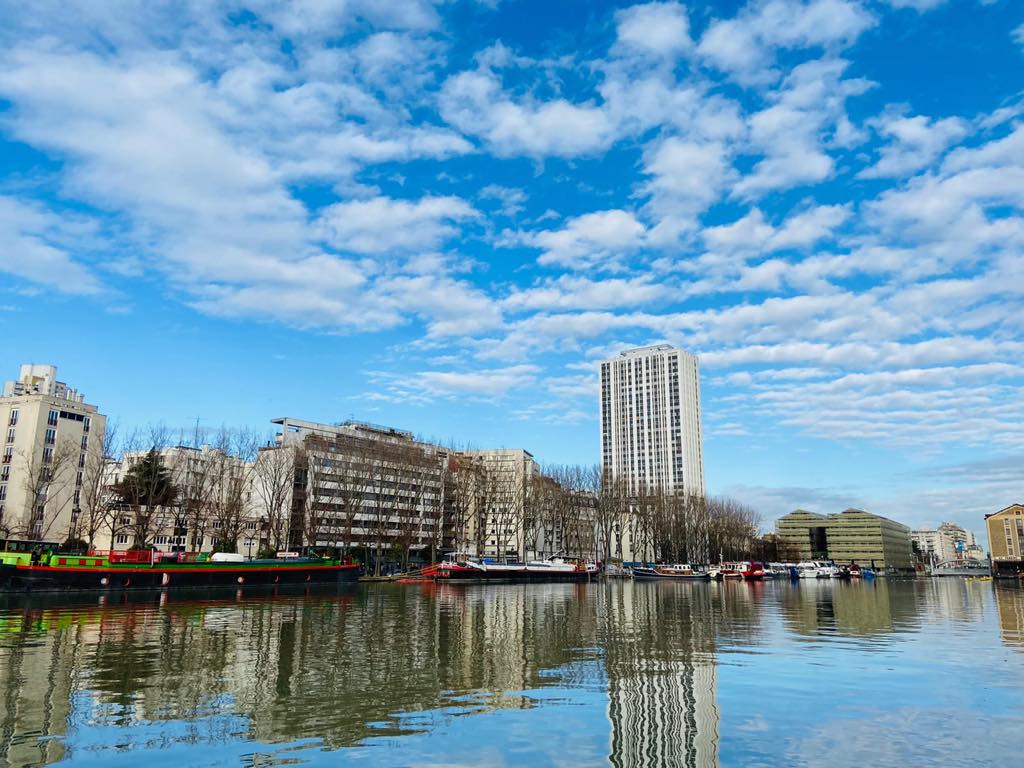At a time when so many of the usual pleasures Paris offers – cafés, bars, restaurants, theaters, cinemas, museums – have been denied us, I have rediscovered a quintessentially Parisian pastime: flâner. Meaning to stroll or to wander without any precise destination in mind, the word “flâner” became imbued with deeper significance in the 19th century, when the flâneur became a potent symbol of modernity and urban life.
The poet Charles Baudelaire, more than any other writer, saw the flâneur as encapsulating the figure of the artist-poet who wanders and observes, caught “in the midst of the fugitive and the infinite.” Yet even he could not have guessed how appropriate his words would be to this time of pandemic when he describes the flâneur as rejoicing “in his anonymity.” As I have wandered the streets of Paris each day before the 6pm curfew, dutifully wearing a mask and observing others, whose faces are also hidden, I have become aware of how difficult it is to decode people’s expressions.
In non-Covid times, I usually find myself walking with a precise purpose: to meet friends for dinner, visit an exhibition or rush to an opera (almost always heading south from my base in the ninth arrondissement). This time, I have simply walked for its own sake, usually northward, and have chanced upon streets, buildings, squares and statues that I knew nothing about, even though they are located close to where I live.
Discovering the exquisite Théâtre de l’Atelier, for instance, which was built in 1822 and has staged much of the significant theater of the past century, including works by Samuel Beckett, Jean Anouilh, Françoise Sagan and Eugène Ionesco, made me determined to see some plays there when it reopens.
One particularly unexpected pleasure of wandering the streets has been to visit places normally overrun with tourists that I have previously made a point of avoiding. Even though the sight of boarded-up bars and hotels testifies to the awful economic consequences of the pandemic, imbibing the beauty of an empty, silent Montmartre felt like a unique experience, unlikely to be relived.
Wandering without any clear purpose not only clocked up the steps, recorded dutifully by my cellphone, but made me stumble upon places like the Parc Monceau (with its faux-antique columns and statue of poet and playwright Alfred de Musset) that I’d never quite gotten around to visiting, and the Bassin de la Villette, where I had often been (usually to meet friends at the cinema) without ever appreciating the splendor of its urban skyscape.
Perhaps now is the time to signal the need for a post-pandemic (unmasked) flâneur who will be willing to appreciate anew the unexpected routes and detours that Paris offers without becoming complacent about all the other pleasures that we used to take for granted.
Favorite




I’m sitting in my office, purposefully reading through the articles of Paris Update, and a huge smile came over my face when I saw this article. There is something about the word “flaneur” that excites me at every turn. I should have been named “flaneur” at birth, as it defines every part of my being. But this isn’t something that I have always known. It is something that I learned about myself in December 2015 when I made my first trip to Paris for Christmas that year. My life has never been the same since. I never knew that within my being, I am a natural flaneur because I love the interminglings with people, places and things. The excitement of walking upon something or someone who is receptive to your presence is one of the greatest joys of my life. The discoveries one can confront just by walking upon it cannot be measured or explained, as it is an experience that is unique to that individual. Thank you so much for the validating article and for bringing the flaneurs like me back to life.
Merci beaucoup!
Thanks for your comment, Janice!